Easter in Peloponnese
The culinary religious ritual of spring
Easter in Peloponnese is the ultimate spring celebration! The landscape, the customs and the local gastronomy intertwine together to create a whole experience that it is hard to forget once you’ve lived it- whether you’re a local or a visitor.
It is not only the actual nature of Peloponnese and the culinary customs which have been created throughout the centuries from the land and its products, it is also every single one of its conquerors all these centuries that left their culinary mark there that make the tastes of “Moria” (Peloponnese) so unique!
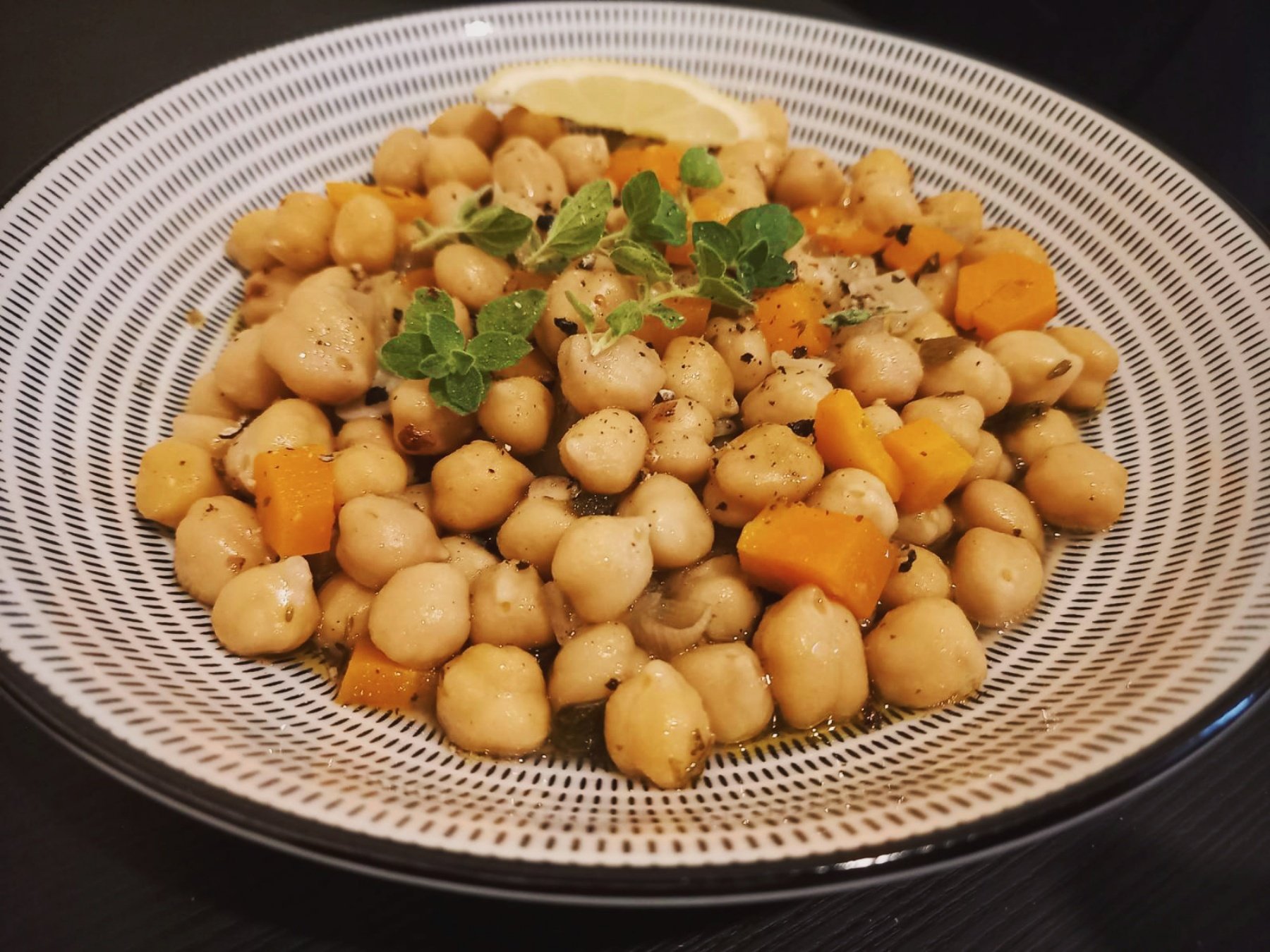
The special dishes of Holy Week
In this place Easter and its traditional dishes refer to the forty-day lent period and to the Holy Week.
There are lent recipes that include horta (Greek wild greens), vegetables, pasta, legumes, seafood and all their amazing combinations.
For example, the famous “vanilia” beans and the fava dish of Feneos in Corinth, which are both certified PGI, are the perfect base for dishes with few but delicious ingredients, mostly cooked with horta and herbs.
In Ilia the “barbounia” beans with tomato pulp, horta and herbs give lent a different taste.
In Messinia the small green bean called “rovitsa” can become a delicious soup or puree, while the combination of legumes with herbs and horta can also be found on another traditional Messinian dish with broad beans in tomato soup and bay leaves.
Spring broad beans with spinach are part of the Holy Week in Arcadia too. However lent recipes can become tasty with plain boiled potatoes in red sauce or with the amazing Tsakonian fried bread with cheese and plenty of onions too.
The pies have numerous crispy phyllo doughs, a rare Peloponnesian technique, stuffed with the most well-known and with the lesser known horta.
They usually add these horta-pies with some rice during the lent, while during Easter they make them festive and more stuffed by adding feta cheese, frumenty and Greek noodles.
They also make “plastos”, a pie which has a crunchy swill made with corn flour instead of a crispy phyllo dough, a recipe from the mountainous villages of Achaia.
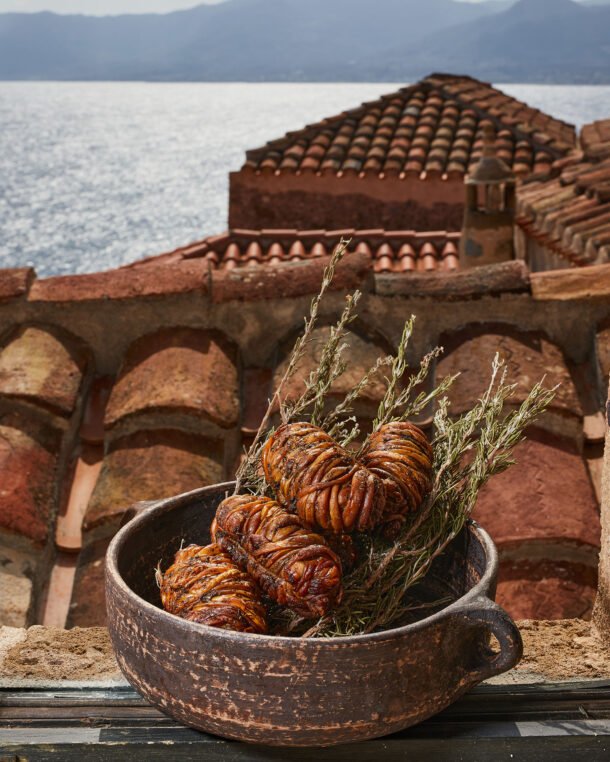
From the dense “magiritsa” soup, to “gardouba” and to the roasted on vine leaves goat
Easter is much anticipated for many of the residents in Peloponnese since they are on a strict lent diet for a very long time. So, the festive cuisine of Easter Sunday is a true feast!
The spring culinary feast begins with “magiritsa” (Greek soup made from lamb offal) on Holy Saturday.
Apart from the traditional recipe of magiritsa soup, Peloponnese has many more different and delicious versions of this: For example, at Trikala in Corinth magiritsa’s egg and lemon sauce is so dense that makes it look like cream, while with the herbs they add pennyroyal that gives it an irresistible smell.
In Messinia magiritsa soup is cooked with tomato sauce and a lot of oregano, as in Mani it is called “regali” and it’s not a soup but a delicious dish with sauce which is usually served with rice.
The cheese pies are also part of the festive cuisine as they include amazing Peloponesian cheese, like feta cheese of Arcadia, the spicy “sfela” cheese of Laconia and “formaella” cheese of Achaia.
There is also the fried bread with cheese, known as “kouloures”, with the cheese being added at the end of baking or in the stuffing, and the “galokouloures” of Mainalo.
All these are served as “meze” until it’s time for the roast or cooked meat to arrive as the main dish of the feast.
Of course when we talk about “meze” we mean the incredible kokoretsi (lamb or goat intestines wrapped around seasoned offal), gardouba with goat leg or offal wrapped with the intestines and cooked in the oven with oil and oregano, dolmades or yiaprakia which is lamb minced meat wrapped in vine leaves, a meze of Messinia mostly, as well as the “tziyeri” made with patsa and lots of parsley! As for the main dish of Easter, lamb or goat, the variety in cooking is wide.
In Mani they cook the goat in the oven with wild fennel and wild artichokes, while in mountainous Corinth the goat is served with artichokes in casserole.
In mountainous Arcadia and Achaia people love the lamb or goat roasted as well as baked in the oven with potatoes or cooked with more unusual ingredients such as yoghurt which creates a delicious crust around the roast-this recipe is mostly from Achaia.
One of the top Easter recipes is “kleftiko” lamb, roasted lamb in baking paper along with herbs, vegetables and feta cheese or just roasted lamb placed on top of vine branches that give it an amazing spicy smell.
On the south of Peloponnese Easter lamb is cooked as “kapamas” (aromatic meat stew), baked in the casserole with tomato sauce, while in the rest of Peloponnese it is usually cooked as fricassee with horta, herbs and egg-lemon sauce.
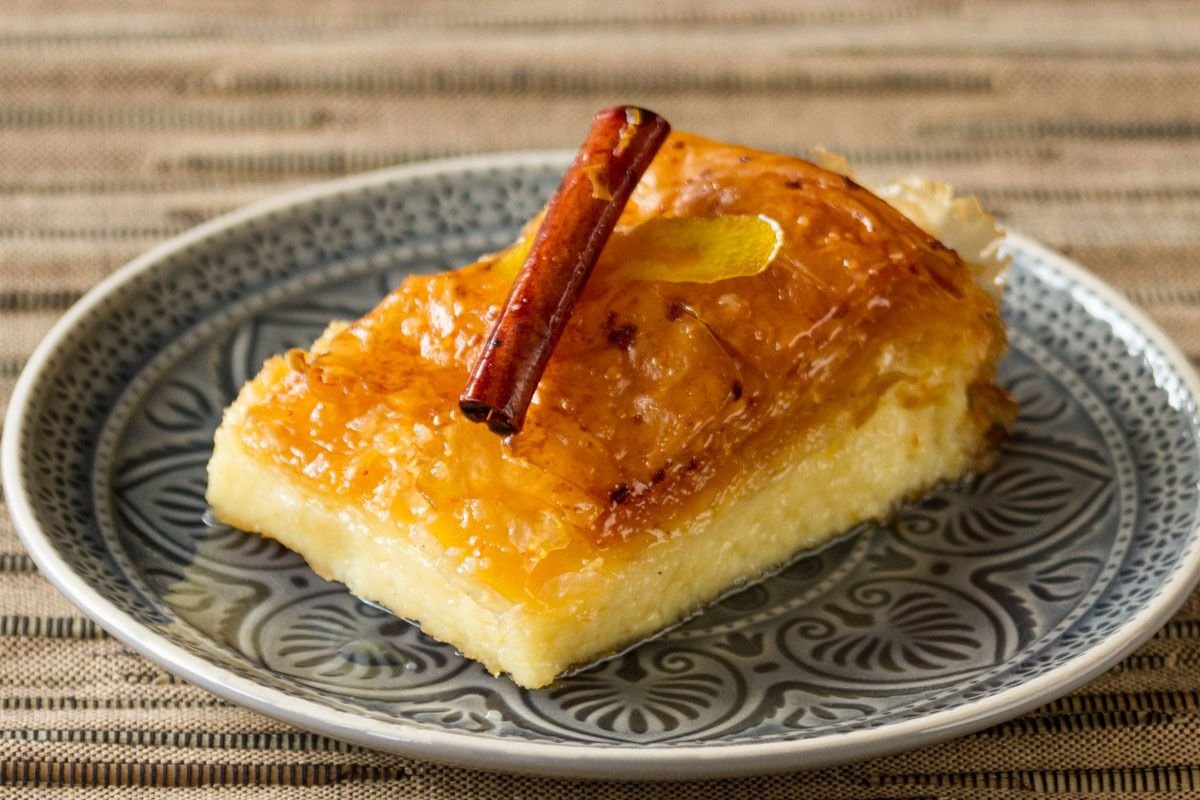
Galaktompoureko, “tiganites” and “mpourekia”
It only makes sense for the feast to end with dessert! Peloponnese is a place that has a lot of livestock so they have plenty of milk in spring.
As a result galaktompoureko (creamy custard pie) is the most common and loved dessert for these days.
With it tiganites (small pancakes), Manian mpourekia (baked or fried filled with meat pastry), milk cream pies, “sviggi” (fried honey dumplings) fried crispy and poured with honey from the well-known honey of the mountains in Peloponnese such as Helmos, Taygetos and Mainalo, as well as the spoon sweets that every house has a big variety of them are all part of the festive desserts.
Houses, old traditional taverns hidden in remote mountainous villages that are worth discovering, great restaurants with famous chefs preparing alternative versions of the traditional recipes of the land, all await us on Easter to make us feel the spring bliss on a land that has it all: astounding nature, rich tradition and people with lots of “meraki” who love and honor their land and their culinary heritage.
5 amazing Easter destinations in Peloponnese
Think about it; in the heart of spring, as nature is covered with the most beautiful colors and the sea reflects the sunlight which after a long winter lasts finally longer than the darkness of the night and reminds us that summer is on its way.

Gastronomy

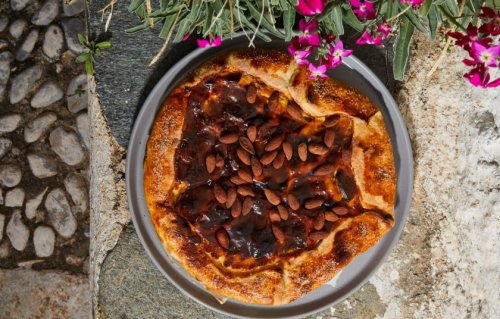
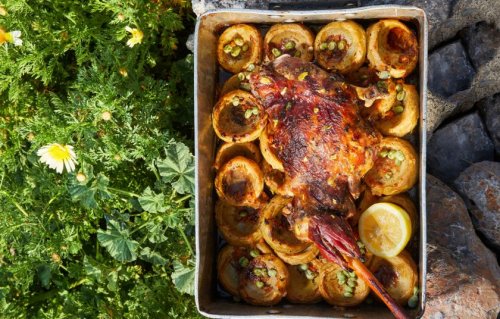
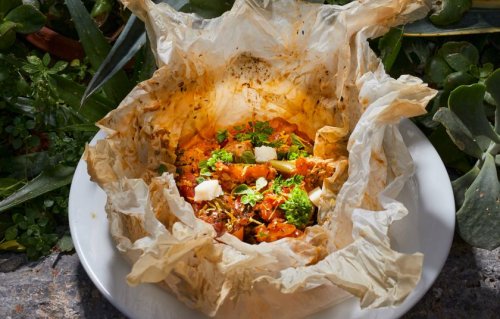
.jpg)